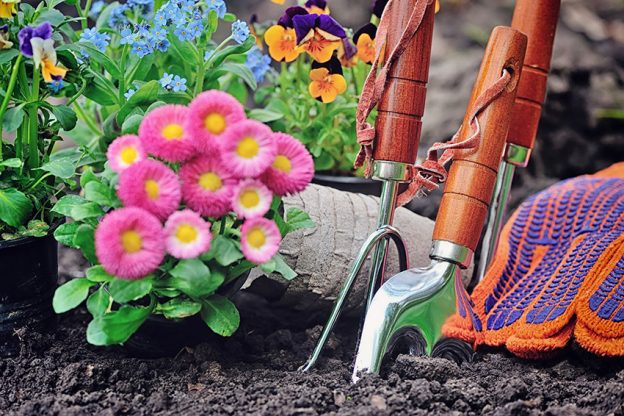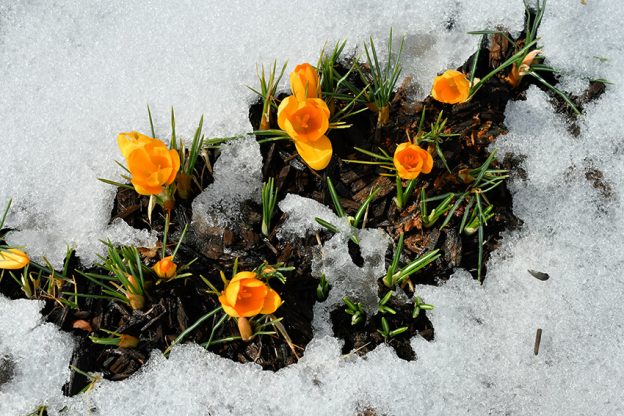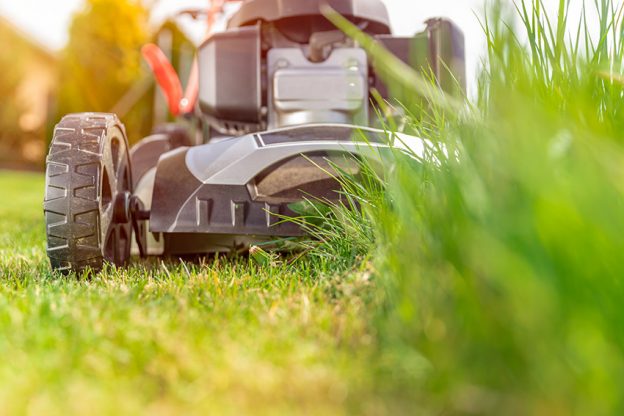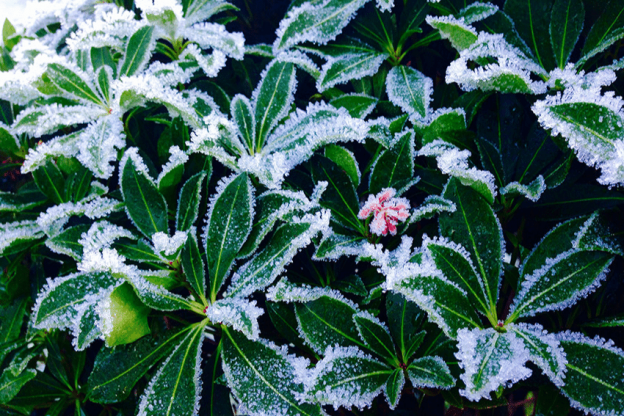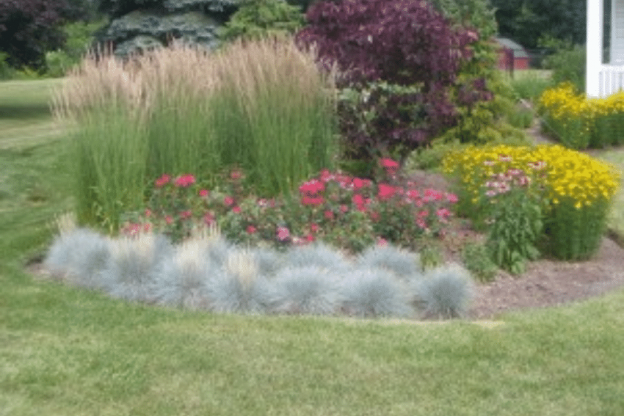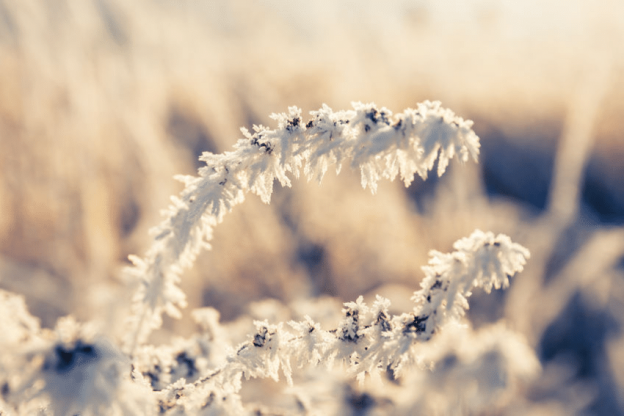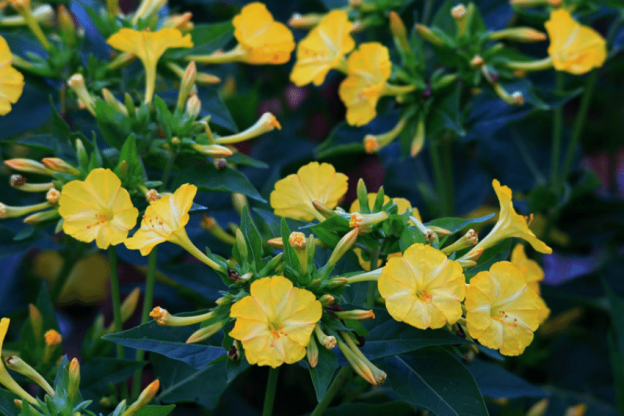As a property owner, you are ultimately responsible for maintaining your yard and all other areas immediately surrounding your home. However, many homeowners simply don’t have enough time to ‘do it all’ – that is, keep their home looking good, while also ensuring that their yards don’t become overgrown. Times like these are when you’ll be able to enjoy the benefits of hiring a residential landscaper.
Boost Your Property’s Aesthetic Appeal
One of the main reasons why so many homeowners are now hiring residential landscapers is so that they can keep the outside of their properties looking attractive all year round.
Professional landscapers have the ability and knowledge to not only place a few plants and shrubs in your garden; these experts will do this in such a way that it will transform your average looking home into one that screams luxury – all year round. They will also know how to keep plants healthy and correctly trimmed to promote optimal growth and longevity.
They will Save you Time
After working at a full-time job, very few homeowners want to go home and still have to deal with cutting the lawn, trimming the trees and raking up leaves – especially over weekends, which is the only free time many people have.
Hiring a professional landscaper will help protect the little precious spare time you have during the evenings and on weekends because they will be able to take care of aspects like these – even when you aren’t at home.
It’s More Cost-effective than you Think
Believe it or not, hiring a residential landscaper to take care of your yard and plants will end up being far more cost-effective than if you attempt to do it all yourself. A qualified and experienced landscaper will know exactly what is needed in your yard throughout the year, and will also possess all the correct tools and accessories needed to keep your property looking great.
Landscapers can get Quite Creative
A number of different creative aspects will be involved in the landscaping process, which is why you’ll benefit substantially by hiring someone that knows what they’re doing in this regard. A professional landscaper will not only be able to determine which color palettes best match the outside of your home; they will even be able to make an idea you’ve seen online or in a magazine become a reality.
Preserve your Plants
Another reason why professional landscapers are worth their price is because they will only work with high quality plants, lawn and shrubs. This will allow them to last a lot longer than if you had to attempt to trim or maintain them yourself.
Residential landscapers will also know how to weed your lawn and garden correctly and ensure that the quality and pH levels of your soil are correct. If you’re losing the landscaping battle on your property and would like to hand this task over to qualified experts, get in contact with our team today.



